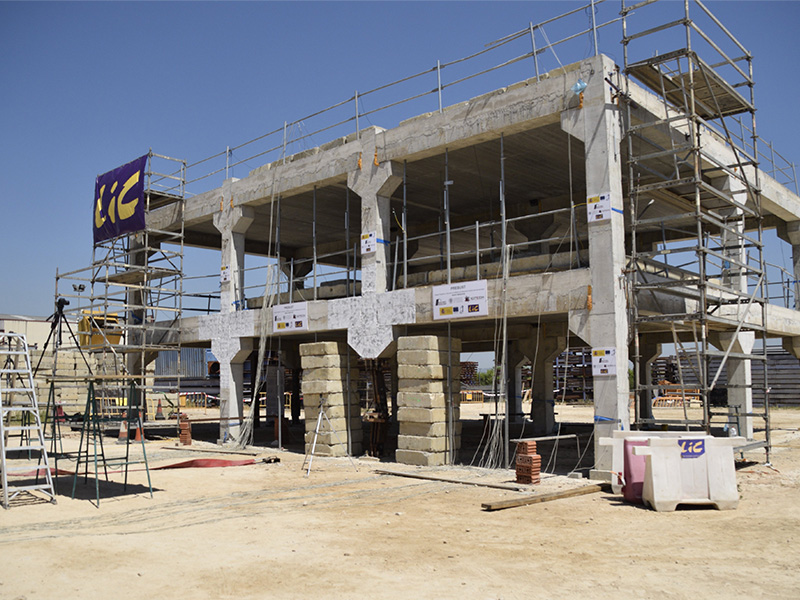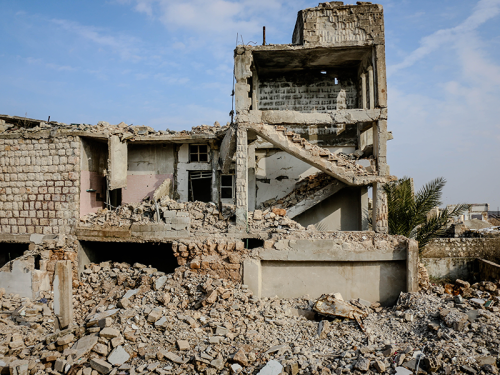The Prebust Project studies the resistance of prefabricated buildings against extreme events.

Researchers from the Polytechnic University of Valencia (UPV) are working on the Prebust project, where they are carrying out pioneering tests to offer more resistant alternatives.
Buildings are increasingly exposed to the devastating consequences of extreme situations caused by Global warming. Even to its own ageing, human exposure, or inadequate maintenance and upkeep. From this starting point, researchers at the Polytechnic University of Valencia (UPV) are working on the Prebust project, where they are carrying out pioneering tests to offer more resistant alternatives.
The project focuses on prefabricated structures, which are more vulnerable to extreme events as they are made up of components that are joined together on-site, and as a result, are particularly sensitive to failure propagation and total collapse.
In a building, a progressive collapse occurs when a failure in one part of the building initiates a domino effect, leading to a complete collapse, and causing severe human and material losses.
Two of the most recent cases of such collapses are the Champlain Towers in Miami – with 98 deaths – and a building of Peñíscola, where two people died, both in 2021.
To prevent this, researchers at the Ichitech Institute are carrying out the Prebust project, which is financed by the Ministry of Science and Innovation and in collaboration with the Valencian company Levantina, its aim is to minimise the risks of progressive collapses.
For this purpose, the UPV team has built the first full-scale prefabricated test building. In it, they are developing the world´s most ambitious experimental campaign that has been carried out so far worldwide in this field, simulating different extreme situations. The research is pioneering worldwide, as the field of progressive collapse usually works with scaled specimens and in the laboratory.
The test building has been monitored with the latest generation of sensors specifically: strain gauges to monitor deformation within the concrete: strain gauges to monitor strain within concrete; and displacement sensors and accelerometers, both electrical and fibre optic. In addition, different cameras, both conventional and high-speed, have also been used to evaluate and visualize the building´s response.
The results of the latest tests show that with "low-cost" designs, prefabricated structures can be as safe as the rest, which allows the advantages of sustainability, economy and quality to be exploited by adding greater safety and security.
References:
V, D. 2022. Investigadores españoles construyen un edificio a prueba de desastres naturales y amenazas terroristas. [online] abc. Available at: <https://www.abc.es/espana/comunidad-valenciana/abci-investigadores-espanoles-construyen-edificio-prueba-desastres-naturales-y-amenazas-terroristas-202205311607_noticia.html> [Accessed 22 June 2022].
Aplicat.upv.es. 2022. Explora I+D+i de la Universitat Politècnica de València. [online] Available at: <https://aplicat.upv.es/exploraupv/ficha-prensa/noticia/13604> [Accessed 22 June 2022].
